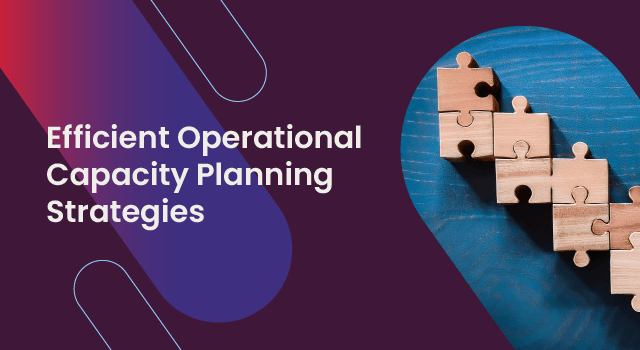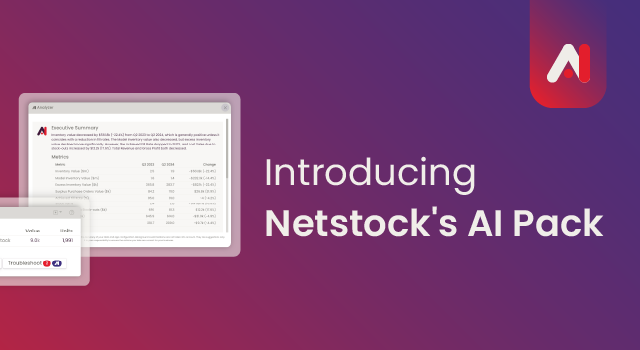Many small and mid-sized businesses don’t think they have to worry about big topics like “supply chain”. They’re SMBs after all, and supply chain seems more like a problem for the big guys. But ignoring supply chain doesn’t make it go away. It’s still there, and you’d be surprised how complex it gets even for SMBs. The more complex it gets, the harder it is to manage, and the harder it is to keep under control.
What is Supply Chain?
Without going into the formal definitions (which usually scares SMB owners away from the topic in the first place), we can define supply chain as the movement of products from suppliers to consumers. At the same time, information flows from consumers to suppliers.
Product flow
This is probably the easiest part to understand because we can see the physical goods moving. Someone manufactures a product, then it gets shipped to a consumer.
But it’s normally a bit more tricky than that: where did the manufacturer get the raw materials? Does the manufacturer supply finished-goods directly to the consumer? No. There are normally multiple nodes in this chain. And at many of those nodes, there could be a warehouse holding inventory.
Luckily for us, you don’t have to worry about the complete supply chain. Your business typically only interacts with a small portion of that chain.
For example, if you’re a wholesaler, you don’t really have to worry about how the manufacturer gets their raw material. And you don’t have to worry about the mechanics of how the retailer gets the product to all of the outlets. Your job is to focus on getting the items from the manufacturer, holding some inventory in your warehouse, and selling it to the retailer.
Information flow
In the previous example of the wholesaler, how do you know how much to order from the manufacturer? How do you know how much buffer stock to keep? How do you know when the high season for your downstream retailer is?
Information.
Without information, the supply chain simply cannot function. And the more accurate information you have, the more efficient the supply chain becomes. So if you don’t keep track of the sales you make to the retailer, you can’t start building a forecast to understand when you need to supply them with goods. And without keeping track of the orders and deliveries from your manufacturer, you don’t understand how much risk there’s in the supply-side of your chain. And without that information, you cannot build a buffer to protect you against that risk. And finally, without giving your upstream supplier the correct orders or forecasts in time, they cannot efficiently make the goods you need to supply to the retailer.
How does that relate to inventory?
At each of those nodes, you need to keep inventory, but why?
Well, if you had perfect suppliers that delivered the good exactly when you need it, you would not need a buffer, right?
And if you had a perfect forecast of when and how much you will sell, you would not need a buffer either, right?
However, in the real world, we have unreliable suppliers and we don’t have perfect forecasts. So we keep a warehouse full of inventory.
The quality of the inventory that you keep in each of those nodes depends on the quality of the information flowing up the supply chain, and quality of supply of goods down the supply chain.
In the next post, we’ll look at the key information flows that your Inventory Management System should give your insight into.




